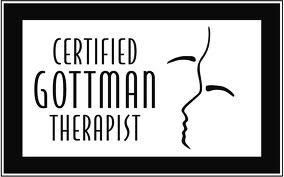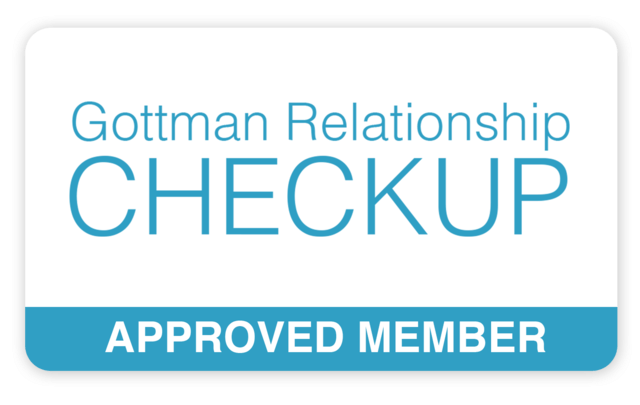What exactly is dyslexia? How is dyslexia diagnosed? Is it something your child’s teacher can recognize? Does it require some kind of special evaluation? What is the school supposed to do to assess the problem?
If your child is struggling to read, it’s going to make you worry. You see all of his classmates making progress, reading chapter books, glowing with excitement at their newest discovery, while your child lags behind. He strains to sound out the most basic words, laboring, every sentence like plodding through mud. Progress comes only by inches. Meanwhile, frustration––for both of you–grows bigger every day.
Maybe you’ve heard some things about dyslexia but you’re not sure what to believe. Maybe you’ve heard that it means kids reverse letters, like d and b, or write backwards. Maybe you feel sure your child is bright, so it doesn’t make sense that reading should be such a struggle. Or, maybe you struggled to learn to read yourself, and you wonder what a family history of reading problems might mean for your child. Maybe your child is already receiving special education services, but you still feel confused about what exactly the problem is, and what needs to be done to help.
Dyslexia Defined. Dyslexia is a reading disability that occurs when the brain does not properly recognize and process the symbols of written language. The disorder occurs when the brain has trouble making links, or associations, between what letters look like and what spoken words sound like. The result is that the child does not learn the skills of reading at a rate expected for the child’s age. Dyslexia occurs in children who are of average intelligence, in children who are of superior intelligence, and in children who are slow learners.
What causes dyslexia? The disorder is a specific information processing problem that does not interfere with one’s ability to think or to understand complex ideas. The disorder affects how the brain processes the sounds of language, such as separating out the sounds that make up words, or properly sequencing sounds in order. Very often, the child has related problems that involve weakness in verbal fluency, listening attentiveness, verbal memory, and vocabulary. Commonly, there is also weakness in the “mental scratchpad” referred to as working memory—what we use when we hold information in mind briefly, long enough to complete a mental operation or very short task. Sometimes the child only shows delays in reading and all other aspects of cognitive development are normal, but sometimes the child has problems affecting many kinds of learning.
Research shows that the particular problem of dyslexia arises as a result of problems in language processing. It is not primarily a visual problem or a kinesthetic problem. In other words, the problem is not how the child sees or moves. And it is much more complicated than just reversing letters like d and b.
How common is dyslexia? Reading difficulties are very common. Exactly how common depends on the particular definition of dyslexia. For example, results of the 2005 National Assessment of Educational Progress indicate 27% of high school seniors are reading below the most basic levels (minimum level at which a student can demonstrate an understanding of what he or she has read). Primary grade students are even more frequently affected—36% of fourth grade children are reading below basic levels.
What happens as children get older? Unfortunately, reading difficulties are persistent and do not get better just with age. Children don’t simply outgrow the problem or catch up on their own. A student who fails to read adequately in 1st grade has a 90% probability of reading poorly in 4th grade and a 75% probability of reading poorly in high school. Moreover, as students get older, they must shift from learning to read to reading to learn, and so poor readers remain at a big disadvantage in their education.
Brain basis of dyslexia. In the past 20 years, neuroscience has created an explosion in our understanding of dyslexia. Scientists now speak of the neural signature of dyslexia, making a previously a hidden disability now visible. Research indicates that a particular part of the brain is usually involved in the problem (the left temporo-parietal cortex), but several other networks also play a role. Very recent research has studied dyslexia in languages other than English. One fascinating finding is that the phonological deficit—not being able to break up words into their separate components—and the lack of ability to automatize (reading quickly and effortlessly), appears to be universal among those with reading disability, regardless of the specific language. And neuroimaging studies have revealed actual brain changes after effective intervention for dyslexia.
Is dyslexia inherited? The short answer is that genetics plays a big role. Dyslexia is strongly heritable, occurring in up to 68% of identical twins and 50% of individuals who have a parent or sibling with dyslexia. The latest research has even identified specific genes linked with reading disabilities. Dyslexia also is associated with various medical conditions that affect brain development but are not inherited, such as premature birth, epilepsy, and drug exposure during pregnancy.
But dyslexia can also occur in children who have no family history of learning disorder, and no history of medical problems. In fact, in most cases, no specific cause is ever identified. But one implication of this research is that if a child has a parent or sibling who is dyslexic, that child should be considered at risk and be observed carefully for signs of a reading difficulty so extra help can be offered earlier. One good reason to hope is that accurate diagnosis, especially when the child is young, can lead to early intervention that gets the child on the path to reading.
Continue to my next post to learn how dyslexia is diagnosed.


